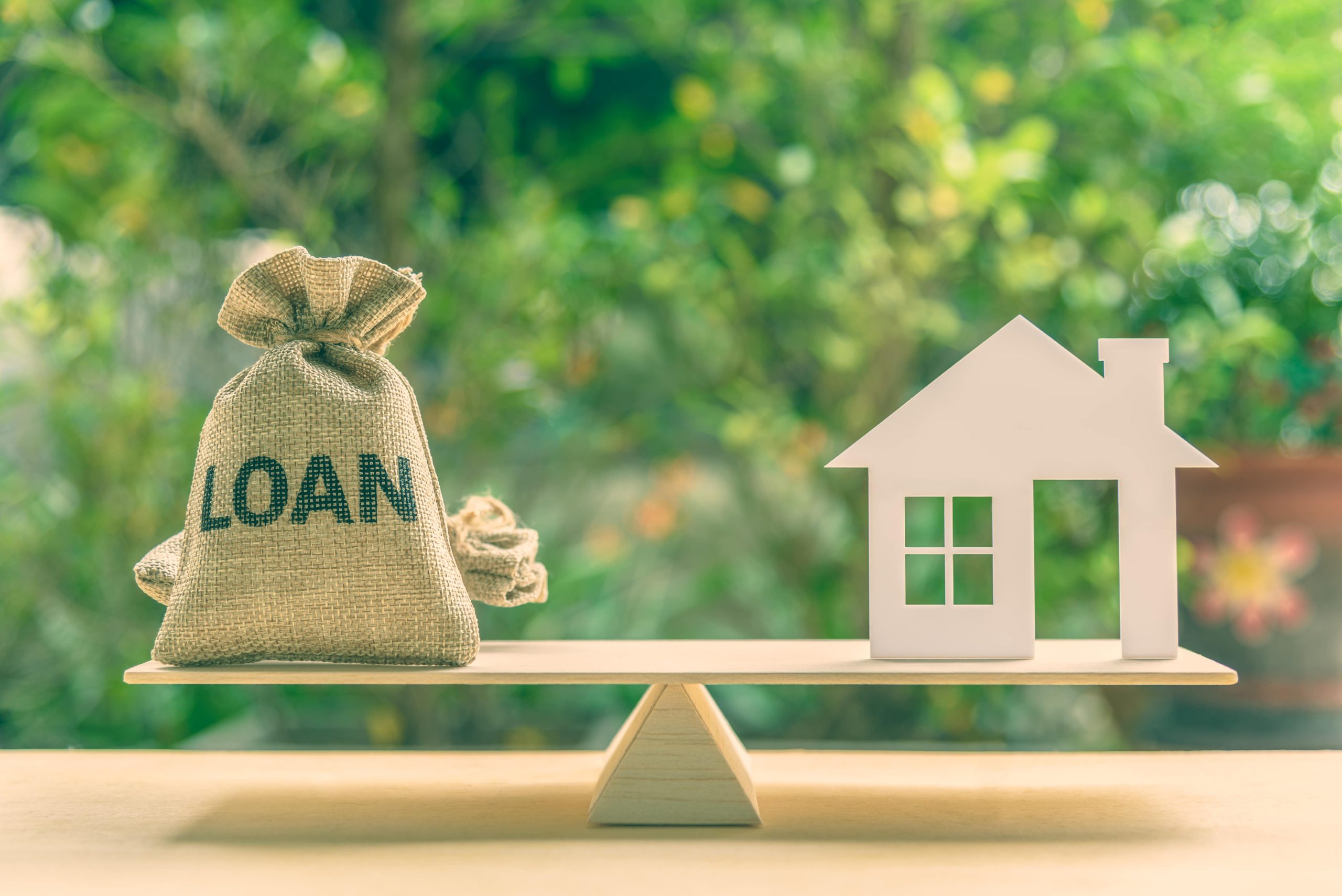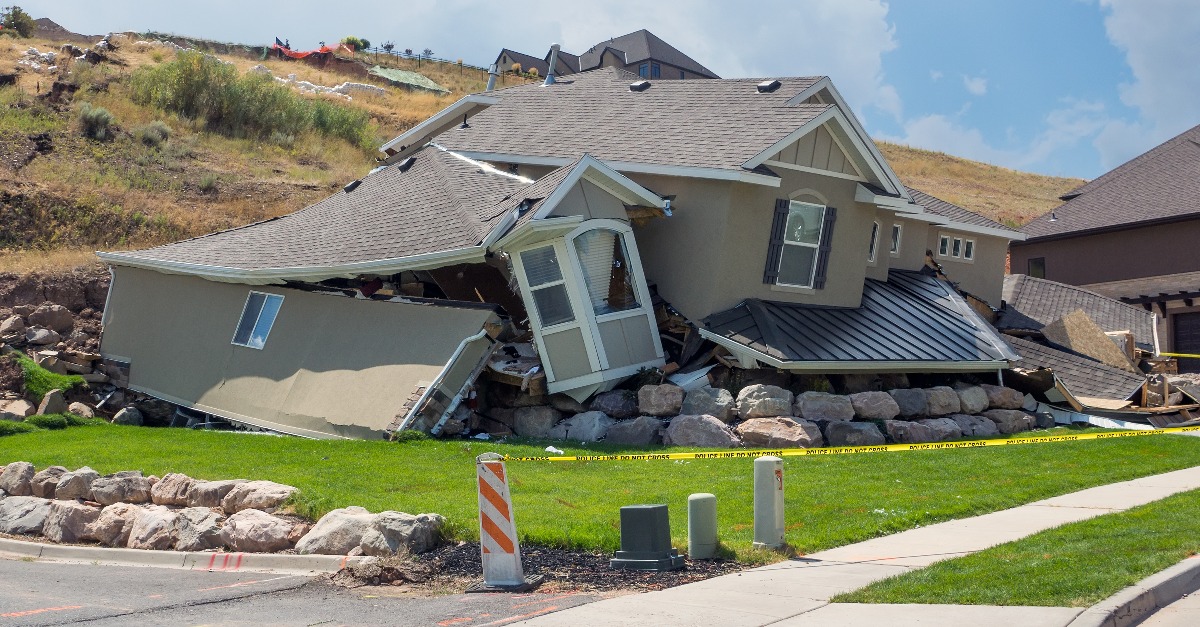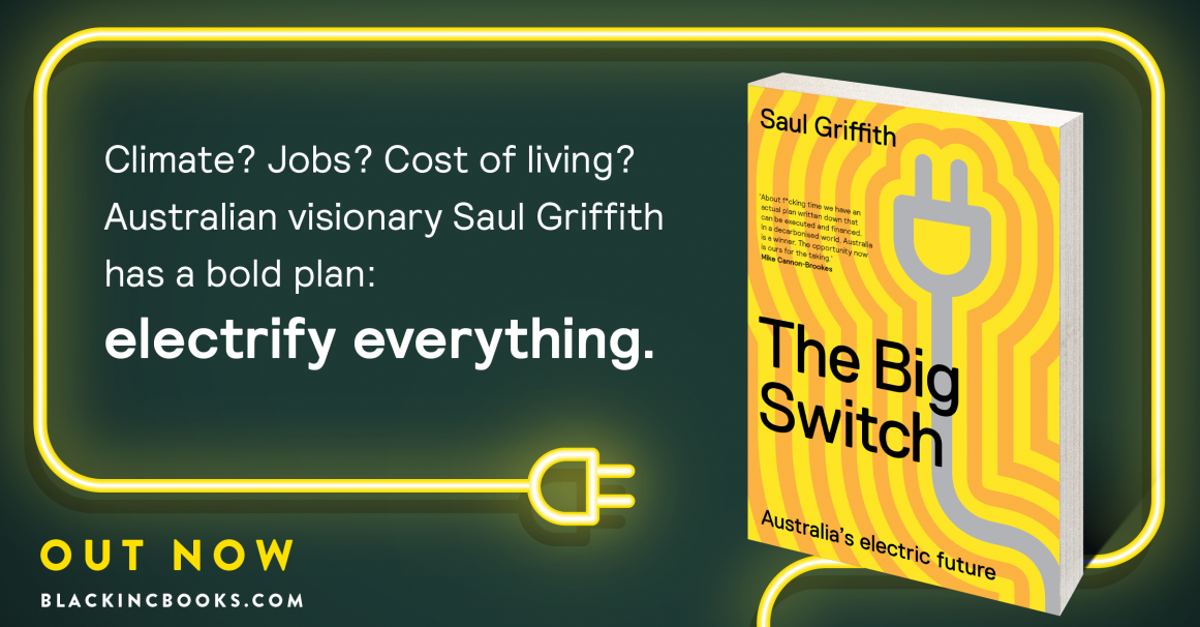In June 2020, Prime Minister Scott Morrison announced the introduction of HomeBuilder, a $25,000 grant for any new residential build or substantial renovation. Tim Stafford, head of research at WBP Group, looks at why this grant was necessary, its impact on the residential construction sector, and whether there was a better alternative.
Residential construction pivotal to the Australian economy
With most of Australia facing some form of lock-down restrictions, the three months leading to June 2020 saw the economy contract by 7.0%. And as a result, Australia suffered its first recession in nearly 30 years.
In an attempt to stimulate the residential construction sector and help create jobs, the federal government introduced the HomeBuilder grant.
Announcing the grant at a June 2020 press conference, Prime Minister Scott Morrison expressed his concern “that on the other side of September, the pipeline of work that they’ve (residential construction industry) been working on will really start to dry up quickly. Some 30,000 homes or thereabouts won’t get built.”
While announcing an extension to HomeBuilder in November 2020, Federal Treasurer Josh Frydenberg underlined just how vital the residential construction sector is to the Australian economy. “The (residential construction) sector is worth $100 billion dollars a year to the Australian economy or around 5 per cent of GDP, and more than a million people are employed in the sector across Australia.”
It’s now more expensive to build a home
Since WBP Group’s last update in July 2021, the residential construction sector has continued to struggle under the weight of unprecedented demand generated by the HomeBuilder grant.
The latest housing figures from the Australian Bureau of Statistics show the gap between the number of new dwellings approved and new dwellings commenced is getting wider. Builders simply cannot construct homes at a fast enough rate to keep up with the demand.
One of the worst impacts of the surge in demand has been the significant increase in building material costs. CoreLogic’s national measure of residential construction costs shows a rise of 1.4% in the three months to June 2021, outpacing the Consumer Price Index of 0.8% for the same period.
Tim Lawless, CoreLogic’s Research Director, said, “the substantial pipeline of residential construction work is likely to keep both building materials and trades in short supply for an extended period of time. I think we can expect housing construction costs to rise more significantly over the coming year as supply chains grapple with ongoing shortages. Higher construction costs will inevitably flow through to higher costs for new homes and renovations.”
In NSW, WBP Valuations Operations Manager Mohamad Zraika has noticed a definite spike in residential construction costs. “In Sydney’s south-west and north-west, two newly developed regions experiencing rapid growth, rates to construct a new house were historically between $1,700 and $1,900 per square metre. However, since the introduction of HomeBuilder, rates have soared. Landowners should expect to pay between $2,100 and $2,300 per square metre to construct a new house today.”
Alexandra Churches, WBP Victorian State Director, has seen a similar correlation between the introduction of the HomeBuilder grant and the rise in building costs. “In the first half of 2020, we saw building contracts for standard quality project homes in Melbourne’s growth corridors starting at $200,000 for an entry-level compact dwelling up to $450,000 for a larger double-storey home. Today, we are unlikely to see a building contract below $250,000 for the same entry-level product.”
Did we need another grant?
Typically, grants stimulate demand by incentivising homebuyers to bring forward their purchasing decision. In the case of HomeBuilder, the Morrison government hoped their $25,000 grant would incentivise homeowners to bring forward their start date for construction.
Program Director of Household Finances at the Grattan Institute, Brendan Coates, offered an alternative to the grant model. “Funding social housing won’t boost house prices or provide windfalls for developers. It will do more to keep construction workers on the job, while also helping some of our most vulnerable Australians.”
Speaking at the recent Economic Society of Australia’s National Webinar Series on Housing Affordability, Saul Eslake, respected independent consulting economist and former Chief Economist at ANZ, made some interesting points;
- Between the census’ of 1947 and 1966, Australia’s population grew faster than it has done in the last 25 years – Australia’s five biggest cities increased in size by 53%.
- During this period, the house price to income ratio remained stable at three, and homeownership rates increased from 52% to 72% – today, the ratio is six, and homeownership has fallen to 67%.
Australia was able to dramatically increase its population without the subsequent spike in house prices because Mr Eslake believes federal, state and local governments focused on lifting the supply of housing. During the 1950s alone, governments directly built one in five homes.
In Mr Eslake’s view, the “rot set in” when the Menzie’s government took to the 1963 election a home savings grant policy. Since then, governments have preferred to focus on policies that increase the demand for housing and have paid less attention to boosting supply.
Since the GFC, state and federal governments have been responsible for launching the First Home Owners Grant, stamp duty concessions, the First Home Loan Deposit Scheme and the First Home Super Saver Scheme.
Mr Eslake’s view is that these grants have done little to improve housing affordability. He argues that the First Home Owners Grant should be renamed the Second Home Vendor’s Grant, and the HomeBuilder Grant should be renamed the Builder’s and Land Developer’s Profit Margin Enhancement Grant as these groups benefitted substantially more from the introduction of these grants than the intended parties.
Tax policy has also played a significant role in increasing demand. Negative gearing and capital gains tax concessions have made housing an attractive proposition for investors. And these two policies often give them a distinct advantage when bidding against first-home buyers.
Homeownership in decline
The federal government seem more than satisfied the HomeBuilder program was a success. It provided the residential construction sector with a much-needed shot in the arm and helped support the Australian economy in a time of great uncertainty.
Unfortunately, HomeBuilder has played a significant role in increasing the cost to build a new home. And it could not have come at a worse time. Australian house prices have reached record highs on the back of historically low interest rates and a variety of generous government grants.
Homeownership in Australia is on the decline, especially for younger Australians. In their May 2020 publication, Australian home ownership: past reflections, future directions, the Australian Housing and Urban Research Institute (AHURI) projected that by 2040, homeownership for households in the 25-55 age bracket would decline to almost 50%, down from 60% in 1981.
As the father of two young children, I worry they won’t be able to afford a house when the time comes.
To learn more follow us at LinkedIn










